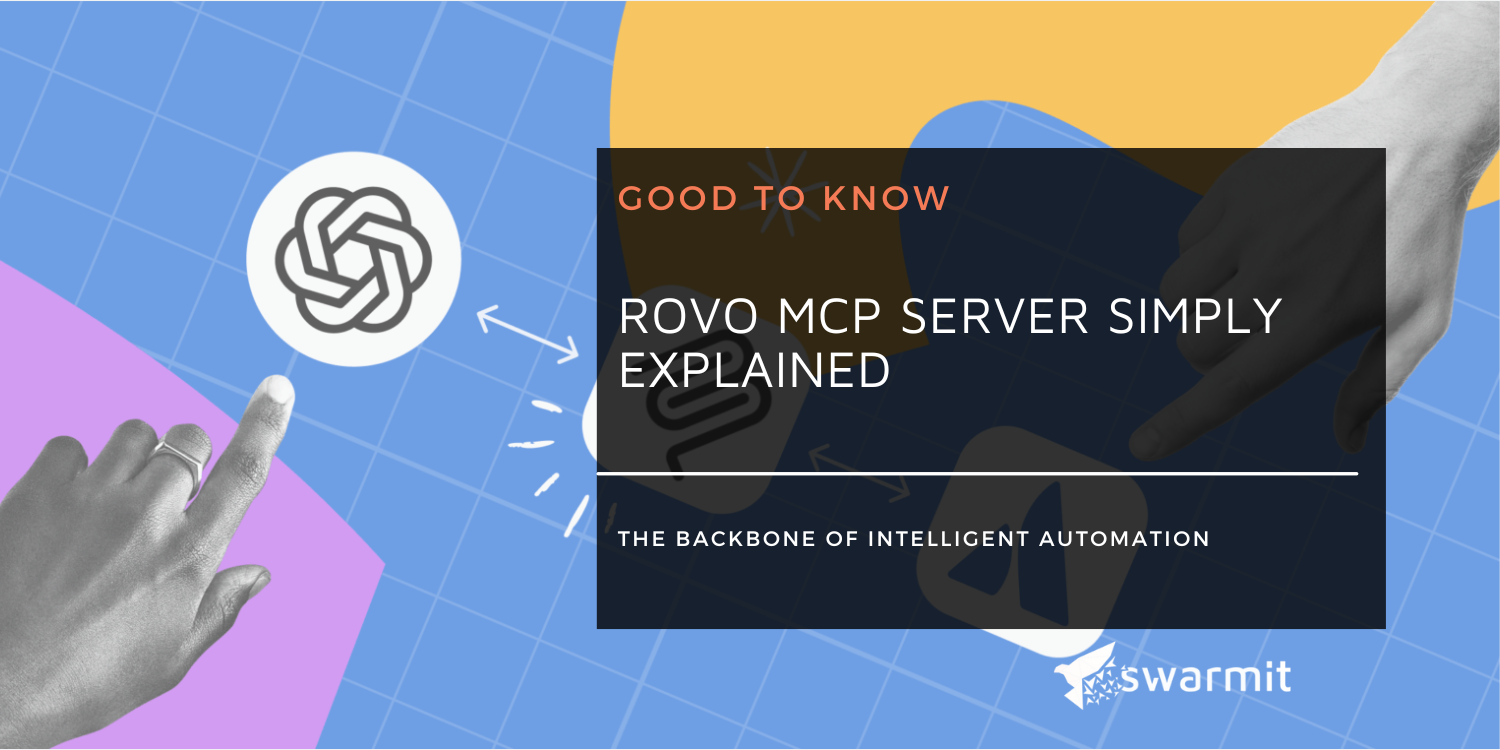Jira is an automation genius

Many will be familiar with the idea “... why doesn't it actually go by itself? ...”. This is also the case from time to time for our customers who use Jira to organize their tasks, developments or tests. The answer is very common - “because no one has taken care of it yet...”.
Automating tasks to reduce manual work and minimize input errors has been a core part of Jira since post-functions made it possible to manipulate the content of a process. Apps such as Scriptrunner, Workflow Essentials or JSU Automation Suite have built on this and significantly expanded the possibilities. With Automation for Jira, Atlassian has also provided its own app.
The server and data center version of Jira Service Management has been equipped with its own automation engine for several years now. But in Jira Cloud, all project types in all variants (Standard, Premium or Enterprise) get a complete, very comprehensive and powerful way to automate tasks that goes far beyond the capabilities of current servers and DC implementations. Sometimes so far that previous apps are no longer necessary in the cloud context.
We have listed specific examples and implementation approaches that we have implemented with our cloud customers in recent months. In doing so, we primarily look at approaches that are not commonplace or even unknown to some:
Data migration between fields
The following situation: When combining two cloud instances, the “Due Date” field was also migrated. Unfortunately, the target instance now has the “Due Date” field twice, once as a Jira system field and once as a custom field. Since the two fields are called the same, users used both fields and wondered why the fields remained empty.
To make a long story short: Data that was incorrectly documented in the Custom Field must be migrated to the system field. In the past, this was only possible via additional apps or a CSV export re-import. With Jira Automation, you can create a suitable rule and automate the migration in 5 minutes. Regardless of whether 7, 50 or 1000 processes are affected, automation will solve the problem without further manual intervention.
Synchronize tasks between different projects
Time and again, we get the request to synchronize processes from 2 different projects. For example, comments, status, or date fields between the developers' project and the project should be aligned with technical requirements.
While there was no way around additional third-party apps for on-premise variants of Jira (more on that later), this requirement can be implemented completely natively in Jira Cloud using the capabilities of the built-in automation engine.
Mathematical and date calculations without script
Whether simple arithmetic calculations, percentage calculation or calculating the difference between 2 date fields - with the options provided by automation rules and so-called “smart values”, relative values can also be displayed in a Jira process without manual effort.
An example: In Jira Service Management, there has been a ready-made automation rule for some time that automatically closes processes as soon as a designated SLA has expired. Very helpful! However, this rule also means that the majority of all processes will probably break at least one SLA and therefore evaluations on this topic are very negative.
With automation in Jira Cloud, this functionality can not only be presented without an SLA, but also significantly extended and adapted without having to write a line of Groovy or Javascript code.
Query external applications via REST interface
There are also various third-party extensions such as Elements Connect to get data from external data sources into the fields of Jira. In the cloud variants of Jira, simple webhooks can be configured, which can be used to bring information from other applications to Jira via a REST interface. Even authentication via OAuth2 against the external app is no obstacle.
To reduce a customer's duplication of documentation costs, we linked their CRM application to a project in Jira. Jira opens new cases and sends comments from Jira to the CRM. While different groups of employees work in 2 tools, the content remains in sync, and communication can be documented in the tools and is not outsourced to emails.
“That sounds too good to be true...”
“That sounds too good to be true...” - yes and no. While Jira Cloud's automations have many advantages in terms of scope and flexibility, there is also a disadvantage compared to implementation in the server or DC sector.
This is because the number of versions of such rules is sometimes limited. Cross-project rules, so-called “global automations”, are limited, depending on the cloud variant:
- 500 executions per month per “Standard” option application
- 1000 versions per user per month per “Premium” option application
However, this limit can be easily met with creative definitions of automations without having to make too big compromises. This is primarily due to the fact that there are significantly more trigger options for cloud automations. From cron jobs to status updates to manual triggers, there are a whole range of ways to start automations.
In addition, these automation rules are no longer only available to Jira admins, but project admins can also enter and manage rules themselves. Thanks to the simple interface, the creation process is almost self-explanatory.
Hope for anyone with server or data center installations
With additional features, Atlassian offers a very clear incentive to move to the cloud. But not everyone is willing or able to comply with this incentive. So are some of our “Swiss Hosting”-Customers rely on the apps mentioned above when it comes to more complex automations.
But there is good news from Atlassian for all data center customers. Not only has Atlassian recently expressly committed itself to its data center products, it also released the next major version of Jira (Software, Service Management & Work Management) in June 2022.
Why does this help when it comes to automations? Because “Automation for Jira” becomes an integral part of Jira from version 9.0. (see post from Atlassian)
A new LTS version based on 9.x is expected in Q4 2022.
____________
Banking or healthcare sector, HR or development team, we are also happy to help you map and optimize processes in Jira. With a combination of organization-specific requirements and good practice approaches, we are convinced that we can find a suitable solution for your company.






.webp)





